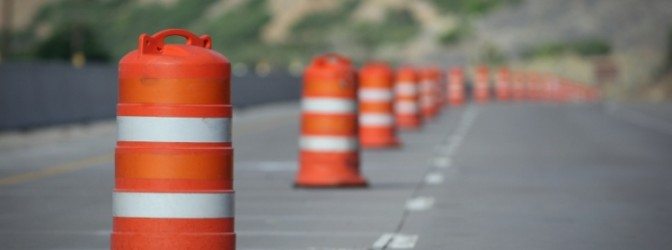We’re gonna need a bigger calendar.
It’s more apparent than ever that the governor’s secondary road repair initiative is not fast enough for anyone.
Despite recent boasts of the state Division of Highways commissioner that more has been done in one fiscal quarter than in one full year in the past you could fool us.
Actually, we’re not fooled and by the looks of things neither are residents in surrounding counties and probably statewide.
The DOH chief cited using 93,000 tons of asphalt in the past three months to patch and pave more than 1,000 miles of roads in the state.
We have no reason not to believe him, but if that’s the benchmark for how the state’s 22,000 miles of secondary roads will be repaired in the future this is going to take more than five years.
Though we’re still often told catching up with the repairs and maintenance on our secondary roads will take months.
And that’s not excluding the winter months when asphalt plants close and weather conditions rule out most paving and patching.
True, some of these miles of road may not need repaved or repaired, but they are few and far between.
That also omits about 17,000 miles of primary roads the DOH is responsible for maintaining. Or future damage to roads from natural disasters.
It’s uncertain if the DOH is prioritizing counties where there’s more than 700 slips, or 7,000 potholes, but it’s doubtful.
Even counties — Marshall and Preston — that have declared states of emergency and were promised major improvements by the governor are still hazardous.
In Monongalia County, though work on W.Va. 705 and the repaving of Mileground Road are noticeable, secondary road repairs are lacking.
It’s still uncertain how public funds are being allocated for these secondary road repair efforts or if there’s a plan at all.
But one recommendation we would make is turn the DOH’s attention to the counties that have roads in the poorest condition.
And where possible turn your attention to the worst roads used by the most traffic or the greatest number of residents live along.
Another thought might be to identify and direct road crews to perform spot repairs along as many roads as possible in the interim.
It’s mid-July and we are not seeing the work on the secondary roads that we were promised in our region.
If we could we would add a month to the calendar to give the DOH more time.
But a goal without a plan — that’s not posted on the internet — is no more than another empty political promise.




